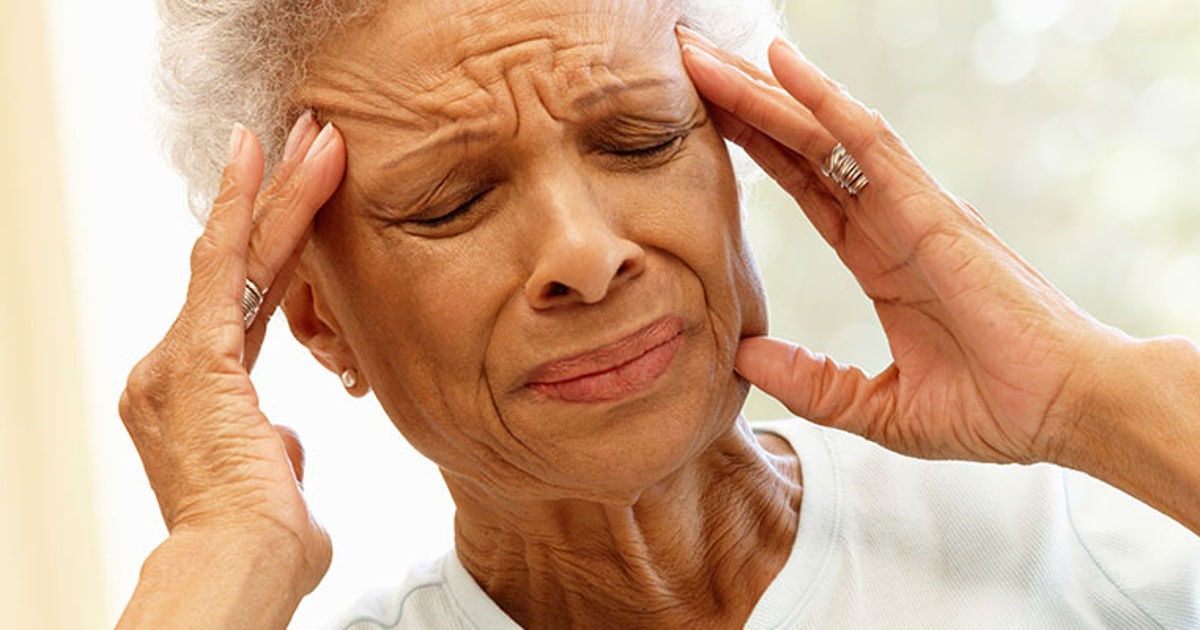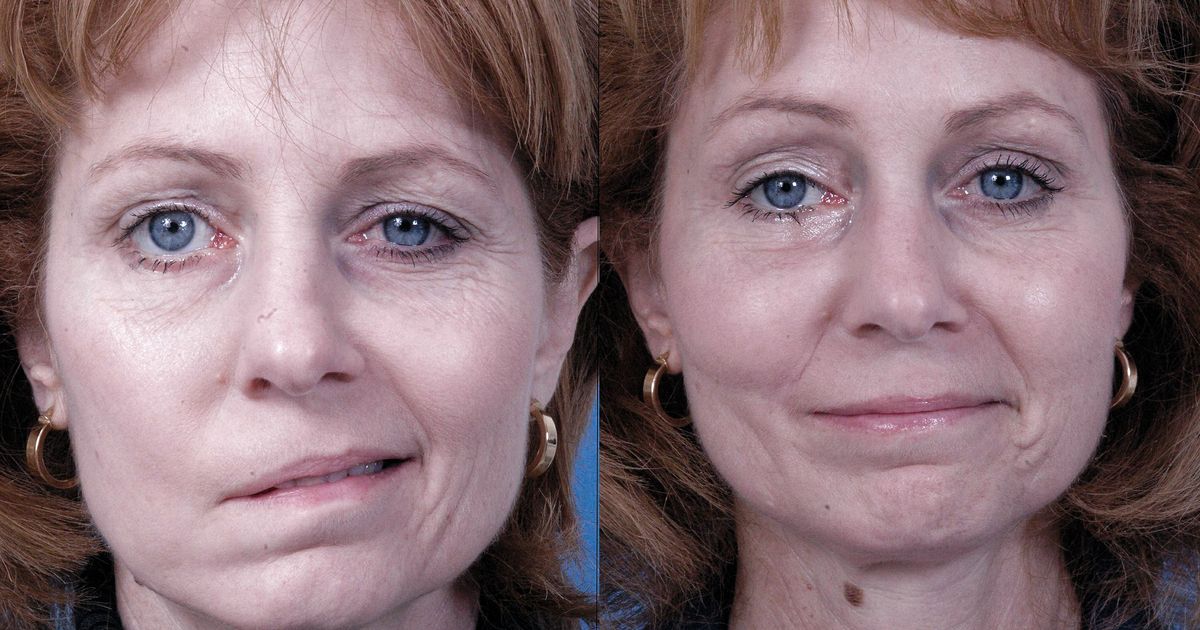Overview Of A Stroke
A stroke is a condition that occurs due to a blocked or busted blood vessel in the brain. When blood vessels fail to deliver oxygen-rich blood to the brain, parts of the brain start to die. Within minutes of the impaired blood vessel, brain damage can begin, and the parts of the body controlled by the impacted area of the brain will stop working. A stroke is considered a severe medical emergency, and if one is suspected, immediate medical treatment is crucial. Early treatment can minimize brain damage and other complications.
Types Of Stroke

There are two major types of strokes: ischemic and hemorrhagic. An ischemic stroke occurs due to narrowed or blocked arteries to the brain, which results in significantly reduced blood flow (called ischemia). There are two subtypes of ischemic strokes: thrombotic and embolic. The former occurs when a blood clot, also referred to as a thrombus, develops in one of the arteries supplying blood to the brain. Embolic strokes occur when a blood clot (in this case called an embolus) or similar debris forms away from the brain, most commonly in the heart, and then traveled through the bloodstream to then lodge itself in narrowed or blocked arteries that travel to the brain. Approximately eighty percent of all strokes are ischemic and occur mostly in older adults.
A hemorrhagic stroke occurs when an artery located in the brain bursts or leaks. Although they are less common than ischemic strokes, hemorrhagic strokes are more dangerous. The subtypes of hemorrhagic strokes include intracerebral and subarachnoid hemorrhages. In the former, the blood vessel in the brain will burst and subsequently spill into the brain tissue surrounding the vessel and damaging brain cells as a result. Subarachnoid hemorrhages occur when an artery on or quite close to the brain’s surface burst and then spill into the space between the brain’s surface and the skull.
Symptoms

The best way to limit the damage done to the brain is to know the symptoms of a stroke and act quickly. With this in mind, some of the symptoms to watch for include difficulties speaking (slurred speech) and understanding speech; sudden dizziness and loss of balance or coordination; difficulties in vision in one or both eyes, including blurred, blackened, or double vision; and a sudden, severe headache, often accompanied by vomiting or dizziness.
One of the classic symptoms of a stroke is sudden numbness or paralysis in the face, arms, or legs. The paralysis and numbness associated with a stroke are markedly different than the occasional ‘pins and needles’ feeling many individuals experience in their arms and legs. In a stroke, the numbness, paralysis, or weakness will occur on one side of the body. Patients can test this by attempting to raise both arms or legs simultaneously. If one arm or leg suddenly drops, but the other doesn’t, it may be an indicator or a stroke. Facial paralysis when associated with a cialis canada online stroke often means one side of an individual’s mouth will droop when they attempt to smile.
